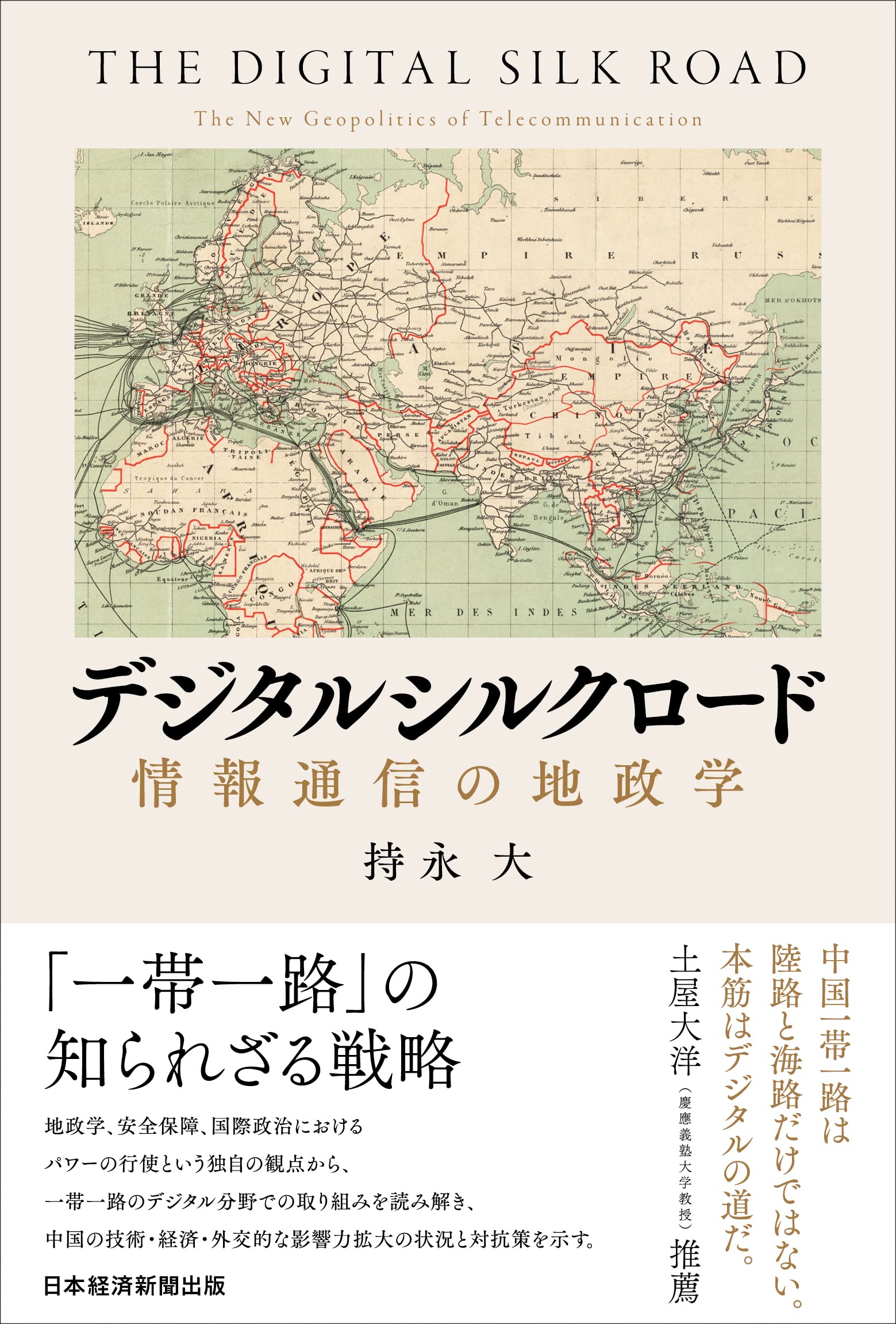My new China analysis book is comming
China’s growing influence, in part due to its Belt and Road Initiative (BRI), has raised anxiety in other countries.
Democratic leaders regard the initiative as a long-term threat and have pointed out that Chinese technologies are potentially high-risk, citing concerns over national security, intellectual property theft, and privacy risks. The Digital Silk Road (DSR) both links countries closer to China via information and communication technologies (ICT) and grants China a role in other countries’ technological development. Some aspects of the DSR have the potential to export digital authoritarianism and spread surveillance technologies. Yet despite these concerns, some countries have widely accepted Chinese technologies, taking some of these risks in part because of China’s cost-effective technology exports, assistance, and other efforts to woo states. So I started writing a book about how we can understand its influence from the viewpoints of technology and security.
The book is called Digital Silk Road: The New Geopolitics of Telecommunication. It is published on January 8, 2022, and available in paper and digital format.
In the book, I lay out the specific steps introducing frameworks and analysing DSR based on case studies. The first part examines China’s strategy to connect its overseas investments with its five-year economic plans and the concept of dual circulation. Second, the book outlines China’s growing technological presence overseas and explains that significant investment in new technology and in cyberspace infrastructure are necessary for the region’s economic development. The third part assesses Chinese efforts to influence regional technology standards and how China’s tactics have evolved over time. Fourth, the paper discusses China’s challenges in expanding its influence over norms and standards in cyberspace governance and other areas. The fifth part concludes the book with recommendation to Japan.
